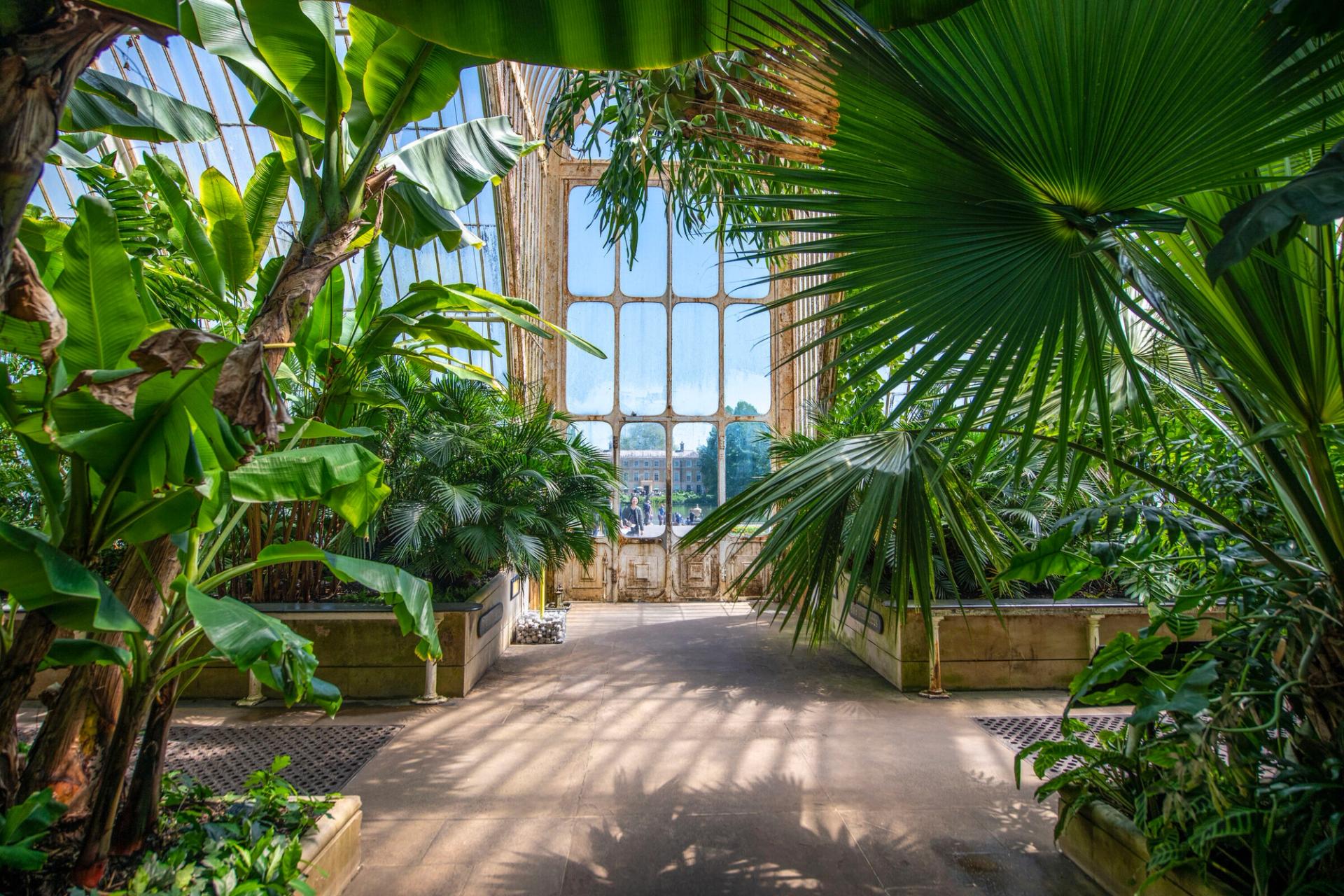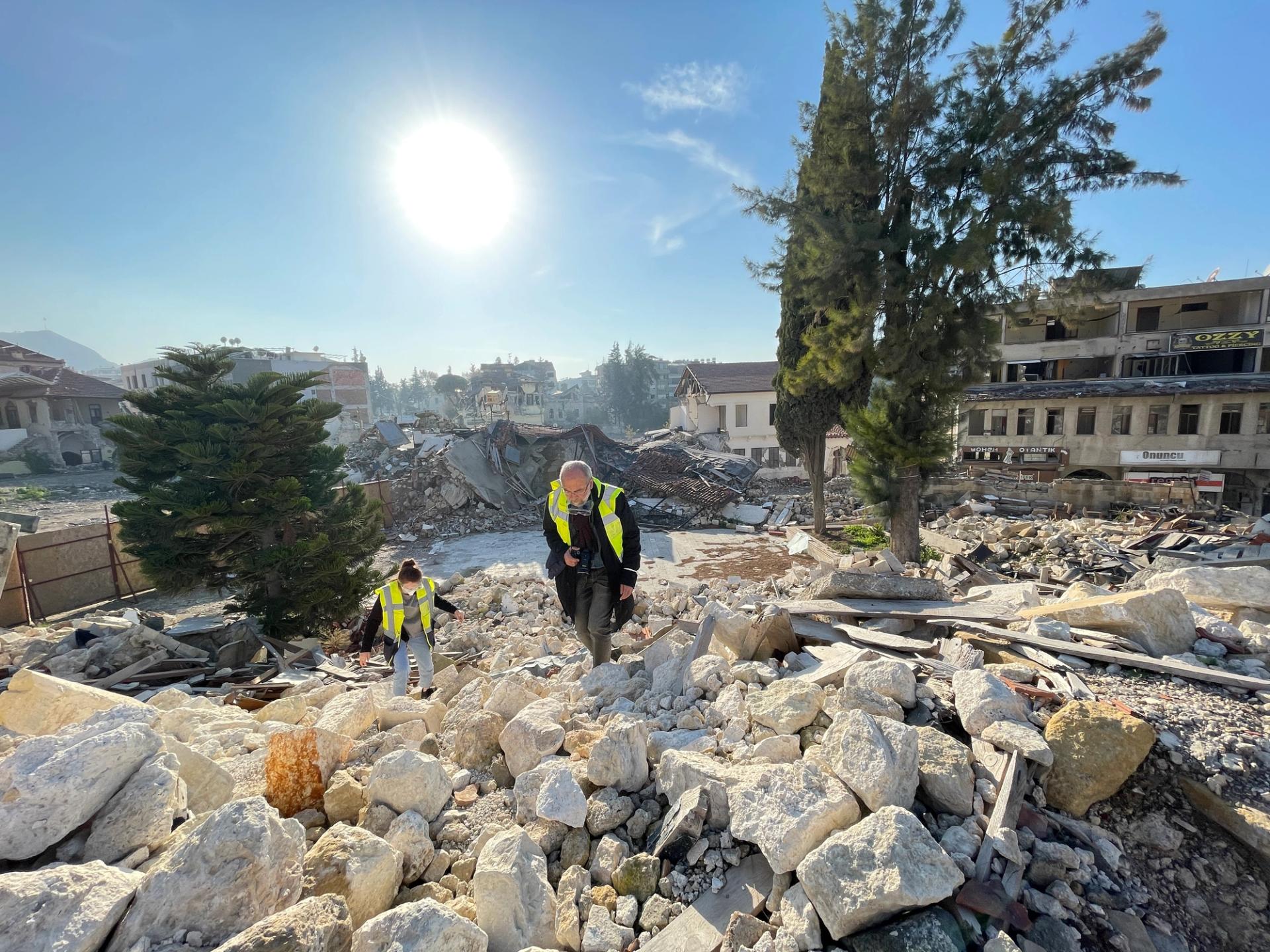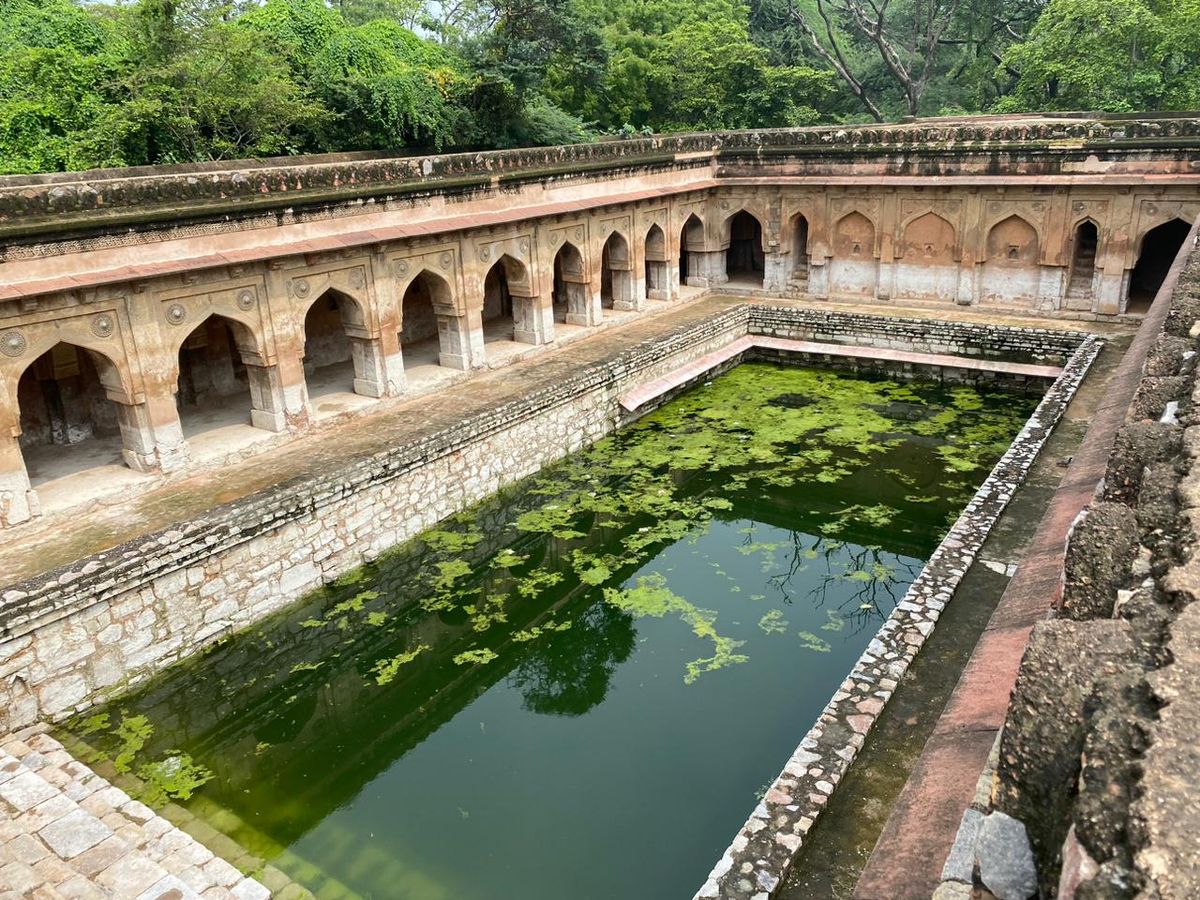On 17 January, World Monuments Fund (WMF), the leading independent entity devoted to safeguarding cultural heritage worldwide, announced the launch of its new Climate Heritage Initiative, a $15m suite of projects addressing some of the most profound risks to historic sites across the globe.
Unesco estimates that one in six cultural-heritage sites is threatened by climate change, a staggering figure that reflects the urgency of WMF’s mission. The organisation is deepening its commitment to global cultural heritage through evaluation, brick-and-mortar rebuilding efforts and a variety of adaptation methods and solutions, including the rehabilitation of water storage and conveyance systems in India, Nepal and Peru.
As part of this endeavour, WMF has appointed a senior director of climate adaptation to oversee these efforts: Meredith Wiggins, an archaeologist and environmental researcher whose past work focused on the intersection between natural and built environments. She will assume her position next month.
“While the magnitude of the threat posed by climate change to societies around the world is widely recognised, its particular impact on cultural heritage remains understudied,” said Bénédicte de Montlaur, president and chief executive of WMF, in a statement. “Our team is working hard to address the threats facing some of our most treasured places—and explore potential solutions that traditional buildings and infrastructure hold out for us in the present. At a time when shifting weather patterns and natural disasters continue to strike communities and strain the built environment, we feel that we as heritage professionals have unique and valuable expertise to share about cultivating resilience through preservation.”

Interior of the Palm House at the Royal Botanic Gardens, Kew, London WMF
The UN has predicted that, by 2050, water demand in urban areas will increase by 80% and 2.4 billion citydwellers will face water scarcity, while in rural communities rainfall pattern shifts and groundwater overextraction will continue to strain irrigation and grazing sources.
WMF conducted a nationwide survey of traditional water storage tanks and cisterns in India and identified five sites—Rajon ki Baoli, Delhi; Taj Bawdi, Karnataka; Kunkavav, Gujarat; Jaipur Bawadi, Rajasthan; and Krishna temples and ghats in Maharashtra—where the restoration of historic infrastructure would have the greatest community impact on water supply.
WMF found that in Nepal, meanwhile, traditional hiti water-distribution systems—complex channels with elaborately carved spouts—have fallen into disuse all over the Kathmandu Valley due to rampant, unchecked development. WMF plans to map and document select hitis and their infrastructure, enhance their capacities and provide conservation oversight together with local authorities.
In Peru, WMF will rehabilitate traditional Andean systems of dams, channels and retention ponds designed to store runoff for the dry season that were originally disrupted by Spanish colonisation.
WMF has also turned its efforts towards the climate future of significant historic gardens, commissioning a landscape analysis of traditional management systems to establish best practices in the face of climate change. The organisation’s projected Coastal Connections focus will create a global network of heritage professionals working towards cohering reliable resources for coastal sites around the globe—including seminars, case-study briefs, technical guides and research bibliographies—using Hurst Castle in the UK as a centre for knowledge exchange. Coastal Connections will also seek to reduce the carbon footprint of the Victorian-era Palm House at the Royal Botanic Gardens in Kew, London, by using more efficient heating systems and sustainable geothermal energy.

Devastation due to an earthquake near the site of Antioch Greek Orthodox Church, Antakya, Turkey WMF
Additionally, WMF will highlight other priority projects centred on the themes of crisis response and inclusive heritage. These include conservation efforts in the earthquake-ravaged ancient city of Antakya, Turkey; the restoration of the glass dome of the Teacher’s House, a landmark in Kyiv, Ukraine, that was damaged by Russian missiles; and the reinvigoration and protection of Phnom Bakheng, a major temple in Siem Reap, Cambodia. Inclusion-based foci will span undertakings like revitalising a long-abandoned house of worship, the Fabric Synagogue, into a Jewish cultural centre in Timișoara, Romania; joining forces with local Indigenous communities to create sustainable visitor-management practices for the Sand Island Petroglyphs, a collection of rock imagery covering 100 yards of cliff face near Bears Ears National Monument in Utah; and the second phase of an ongoing plan to rebuild the damaged Old Fourah Bay College in Freetown, Sierra Leone.
WMF will also continue its legacy projects cemented in 2023 during its affiliation with the Global Heritage Fund, including endeavours towards sustainable tourism in the pre-Hispanic city of Ciudad Perdida in Colombia and the continued survival of the traditional vernacular architecture of the Dali Village in China's Guizhou Province.
During a panel discussion hosted by WMF, Rohit Jigyasu (project manager at the International Centre for the Study of the Preservation and Restoration of Cultural Property) noted that there is “a lot of traditional wisdom that has been captured over generations. Communities have always adapted to their context, and their context has always given them this challenge of changing environmental conditions... If you look at vernacular architecture, a lot of it is really designed to control the climate in a very beautiful way.”


